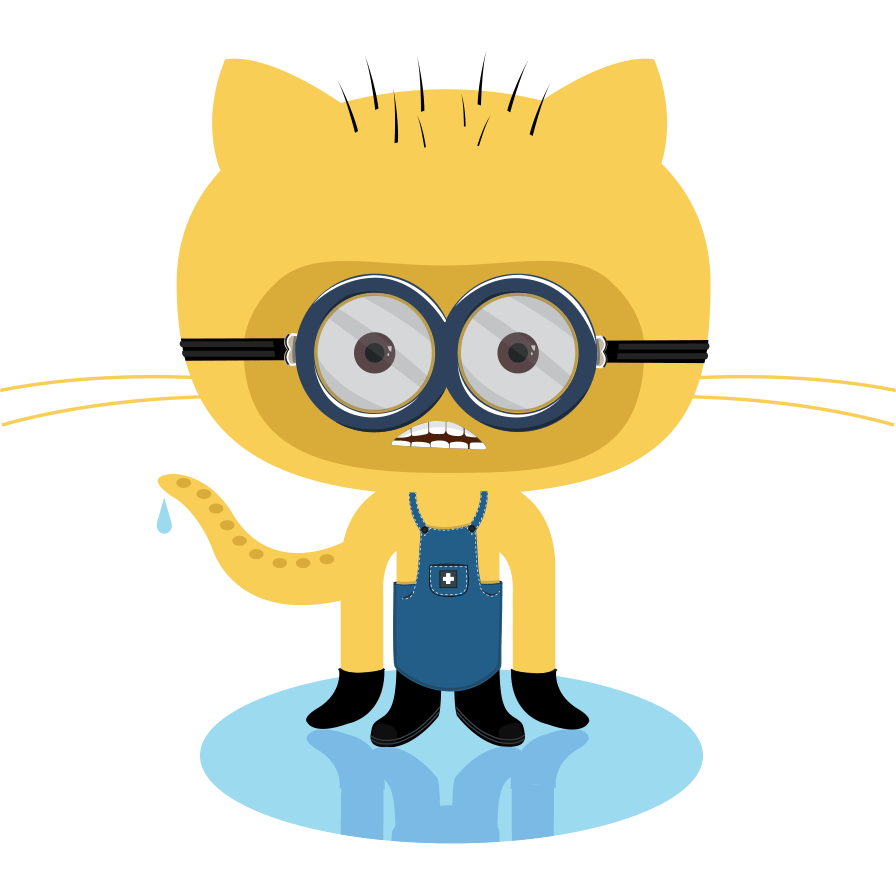+++
description = "How to extend image effects"
options = ["imageEffects"]
title = "Image Effects"
weight = 3
+++
This page shows you, how to configure custom [image effects](content/markdown#image-effects) on top of existing ones.
For a detailed usage example, see [this page](content/imageeffects).
If you don't configure anything in your `hugo.toml`, the image effects default to
{{< multiconfig >}}
[imageEffects]
border = false
lazy = true
lightbox = true
shadow = false
{{< /multiconfig >}}
{{% badge style="cyan" icon="gears" title=" " %}}Option{{% /badge %}} You can change these settings in your `hugo.toml`
{{< multiconfig file=hugo >}}
[params]
[params.imageEffects]
border = true
lazy = false
{{< /multiconfig >}}
This would result in
{{< multiconfig >}}
[imageEffects]
border = true
lazy = false
lightbox = true
shadow = false
{{< /multiconfig >}}
## Adding Custom Effects
You can add new effects with boolean values
{{< multiconfig file=hugo >}}
[params]
[params.imageEffects]
bg-white = true
{{< /multiconfig >}}
Result:
{{< multiconfig >}}
[imageEffects]
bg-white = true
border = true
lazy = false
lightbox = true
shadow = false
{{< /multiconfig >}}
## Styling Custom Effects
If the effective image effect value is
- `true`: add a class with the effect's name
- `false`: add a class with the effect's name and a "no" prefix
### Example
````markdown {title="Markdown"}

````
### Result
````html {title="HTML"}
 ````
Styles for default image effets are contained in the theme. Add custom styles for your extension image effects to `layouts/partials/content-header.html`.
In the above example you could add styles for both cases:
````html {title="layouts/partials/content-header.html"}
````
````
Styles for default image effets are contained in the theme. Add custom styles for your extension image effects to `layouts/partials/content-header.html`.
In the above example you could add styles for both cases:
````html {title="layouts/partials/content-header.html"}
````
 ````
Styles for default image effets are contained in the theme. Add custom styles for your extension image effects to `layouts/partials/content-header.html`.
In the above example you could add styles for both cases:
````html {title="layouts/partials/content-header.html"}
````
````
Styles for default image effets are contained in the theme. Add custom styles for your extension image effects to `layouts/partials/content-header.html`.
In the above example you could add styles for both cases:
````html {title="layouts/partials/content-header.html"}
````